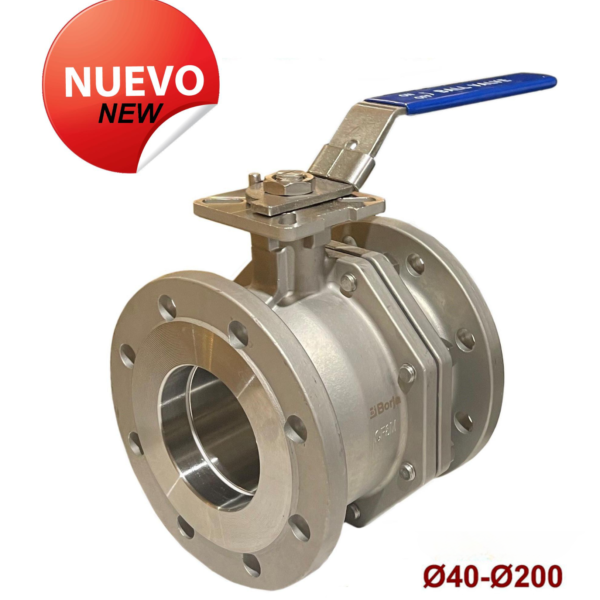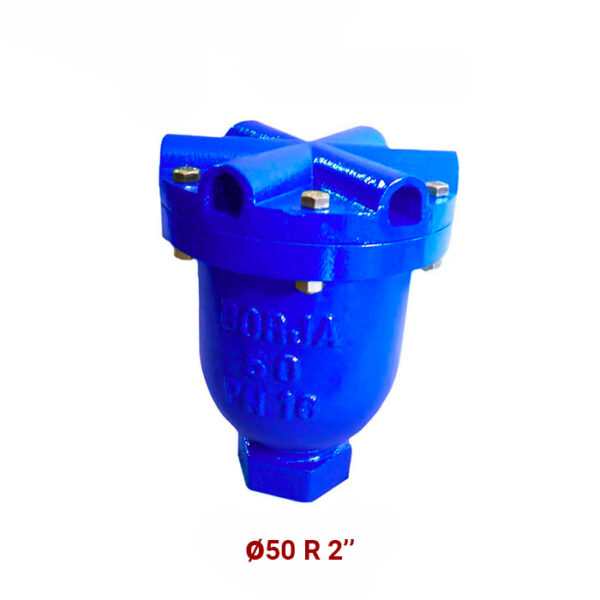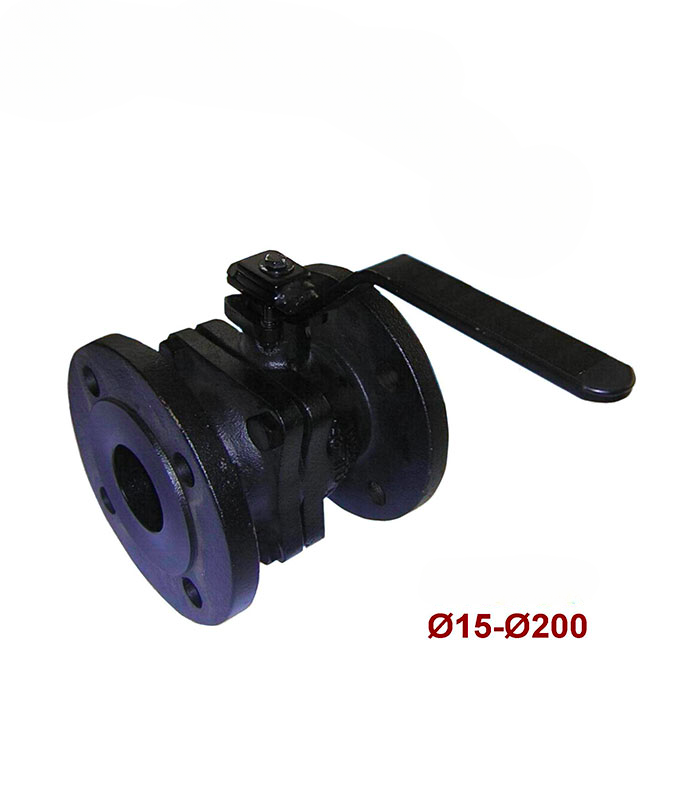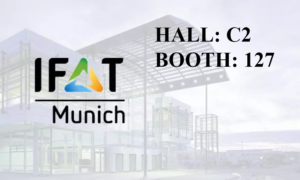Configuration options
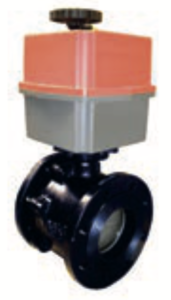 |
Ball Valve Stainless steel with Flanges with single-phase Electric Actuator. |
 |
Ball Valve Stainless steel with Flanges with Three-Phase Electric Actuator. |
 |
Flanged Ball Valve with Single Acting Pneumatic Actuator. |
 |
Flanged Ball Valve with Double Acting Pneumatic Actuator. |








